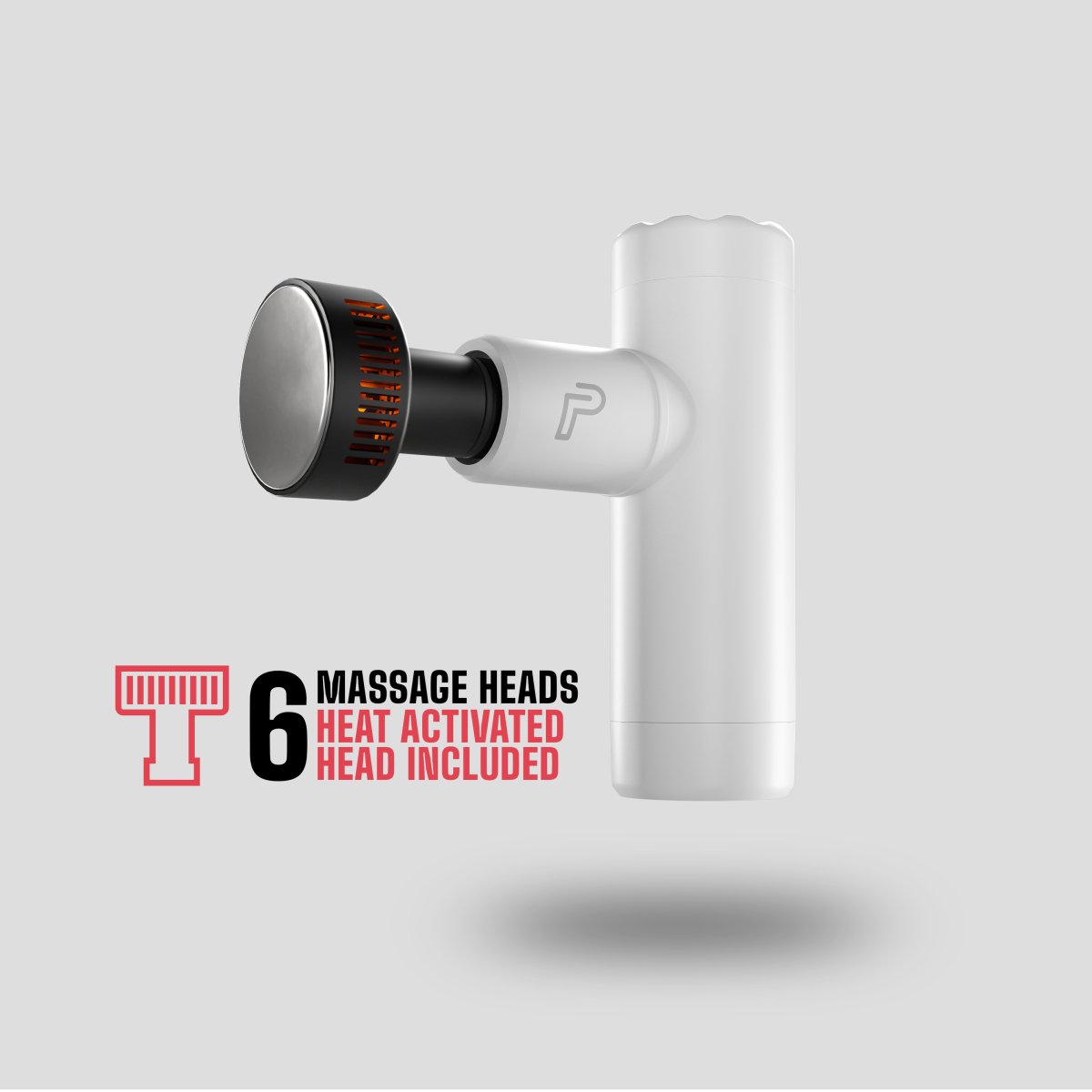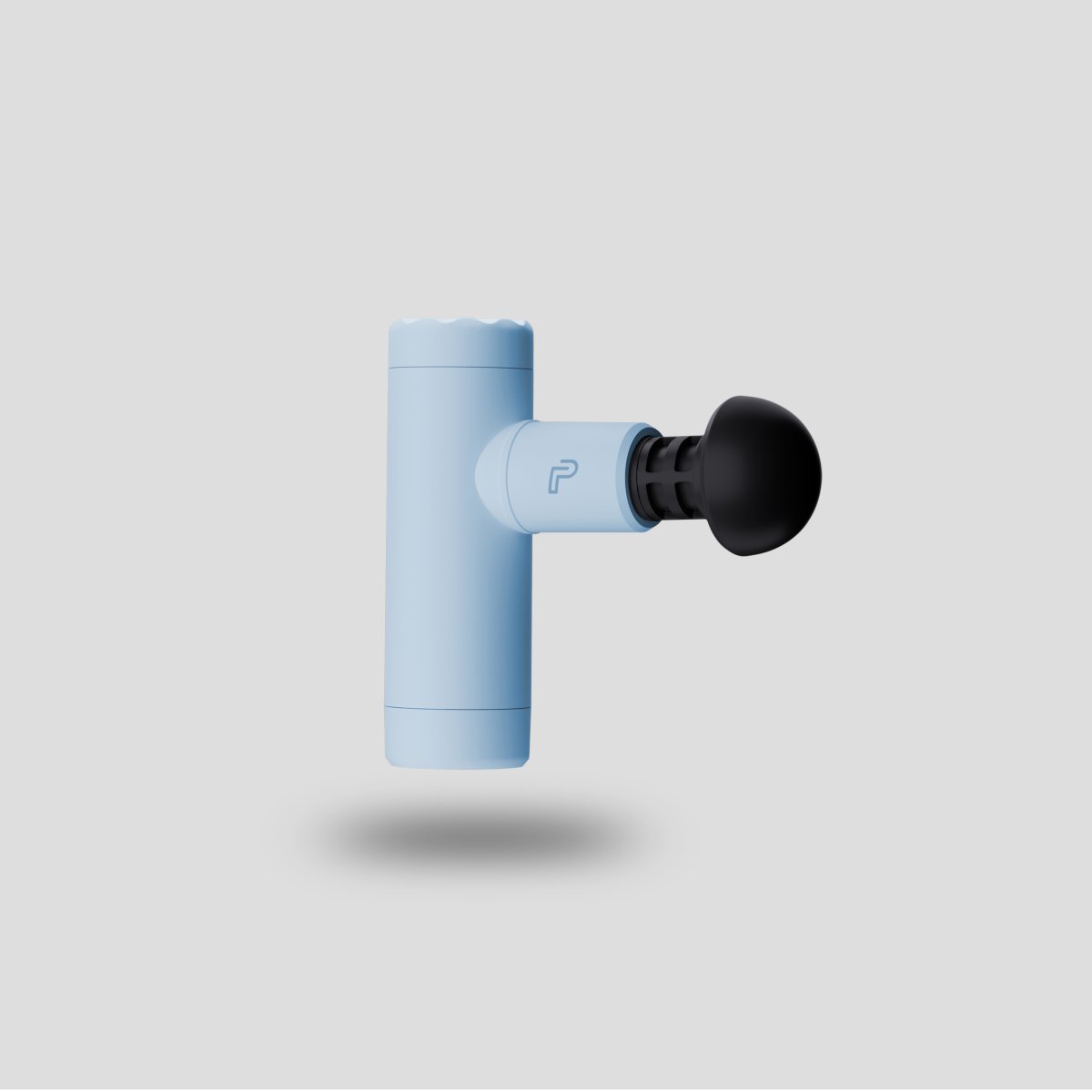Using a foam roller can have so many positive effects on your body. You can foam roll before exercise, after exercise, and even on your rest days to keep the muscles in their best condition.
If you’re unsure about the effectiveness of your foam rolling routine, check out our key points and top tips on foam rolling.

What should you not do with a foam roller?
You might think it’s quite self-explanatory; you just… roll. But there are some mistakes a lot of people make when foam rolling, such as:- Don’t tense the muscle when foam rolling. It should be relaxed.
- Don’t roll too fast. Slow and steady is much more effective.
- Don’t roll to the point where you’re in pain and feel sore, it could result in bruising.
- Don’t use a foam roller multiple times in the same day. Once a day per muscle group is enough.
What does a foam roller help with?
Foam rolling helps to stimulate the blood flow to the muscles.
When foam rolling before exercise, it helps to loosen the muscle making it more flexible, which means you should have better form and therefore be less likely to suffer from muscle related injury.
When foam rolling after exercise, this helps to ease soreness and reduce the effect of DOMS. It can aid in repairing damaged muscle tissue and ease any inflammation. This can reduce the need for long periods of downtime in between sessions, as you won’t be in as much pain.

Where can I not foam roll?
Make sure you’re only sticking to the muscle when foam rolling. It can either be damaging to roll in certain areas or it just won’t do anything to benefit you. Don’t use a foam roller on the following areas:- Bones
- Joints
- Directly over the spine
- Middle of the lower back
- IT band
Does foam rolling help with back pain?
Foam rolling can dramatically decrease back pain.
If used on the upper back and shoulders on a regular basis, you should feel a lot less tension and it could even improve posture. You can try targeting different areas of the back, but be careful with the lower back area. You should avoid the spine and should only focus on the sides of the lower back, not the middle.
Try using a vibrating foam roller instead of a standard one. The vibrations target deep into the muscle tissue so there’s less need to roll, as the vibrations do most of the work for you if you apply pressure.
Take a look at the full range of vibrating recovery tools in our shopping hub.













